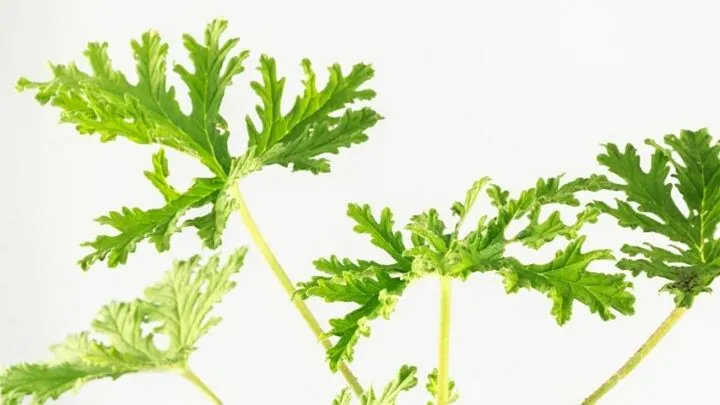Citronella is a flowering, lemon-scented plant that can help repel mosquitoes.
These plants can be an asset to any garden, and they can thrive outdoors as well.
Unfortunately, if your plant isn’t well-cared for, problems may start cropping up. An early indicator of damage is yellowing or browning leaves.
Table of Contents
Why Is My Citronella Plant Turning Yellow?
Your Citronella plant is turning yellow because of overwatering. Yellow or brown leaves are a sign of overwatering. Too much water can lead your citronella’s roots to rot, damaging the rest of the plant. Once a leaf starts to yellow, it usually won’t become green again.
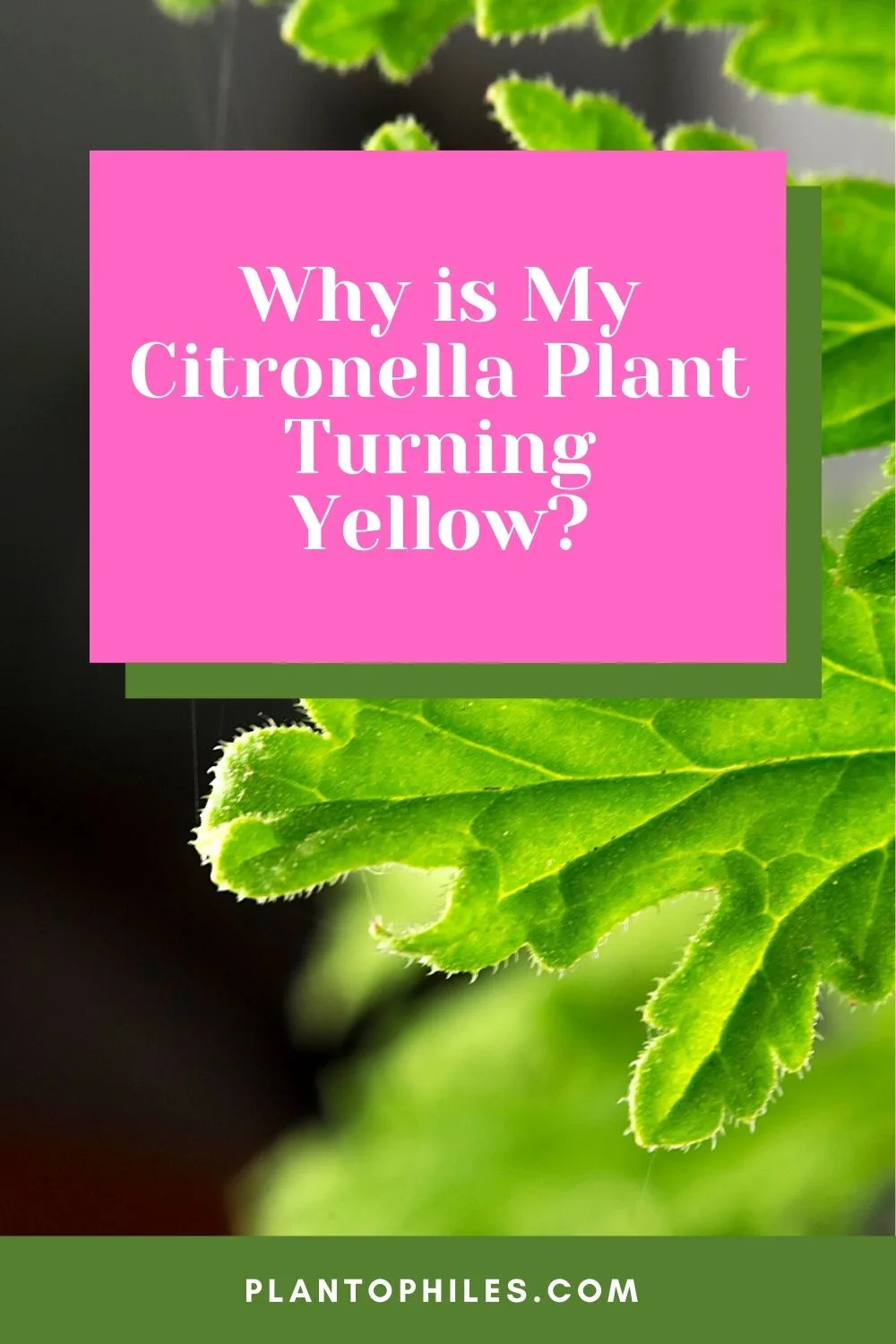
Why Is My Citronella Plant Turning Yellow?
With that said, you can still save your plant as long as you act quickly. The citronella plant should be transferred to fresh soil, and you should avoid overwatering the plant in the future.
Citronella plants may also yellow if they receive too much or too little sunlight.
If you have a yellow plant, it’s best to take action quickly and get to the bottom of the problem that you’re dealing with.
How to Save a Citronella Plant from Yellowing
If you’ve spotted yellow leaves on your citronella plant, you should assess the plant immediately to see what’s causing the problem.
Below, you’ll have a look at the common issues with citronella plants and the best way to resolve them.
1. Overwatering
Yellow leaves and soil that’s moist to the touch are signs of overwatering.
If your plant’s been overwatered, it should be transferred to fresh soil immediately.
Once you’ve gotten your plant out of its soggy soil, you’ll want to change your watering schedule. Only water your plant when the soil’s top layer is dry when you touch it.
2. Drainage Issues
If you’re keeping your citronella plant in a pot, you’ll want to make sure that there’s a way for excess water to exit the pot. Otherwise, you could wind up with waterlogged soil.
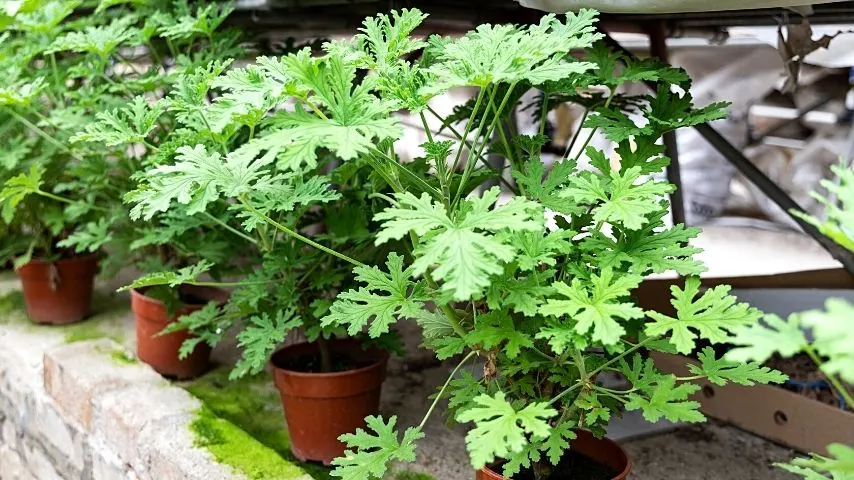
Make sure that the pots you plant your citronella plant into has enough drainage holes to prevent it from yellowing
You should keep your citronella plant in a pot that has plenty of drainage holes in the bottom.
If your drainage issues persist, you can try adding a layer of gravel beneath the soil.
3. Lighting Issues
Plants have green leaves because of chlorophyll, the pigment responsible for absorbing sunlight.
If your citronella plant doesn’t get the light requirement it needs, it could leave you with leaves that are yellow instead of green.
However, if leaves that were green are starting to turn yellow, the plant may actually be getting too much sunlight. Monitor your plant to get a better sense of how much light it’s getting throughout the day.
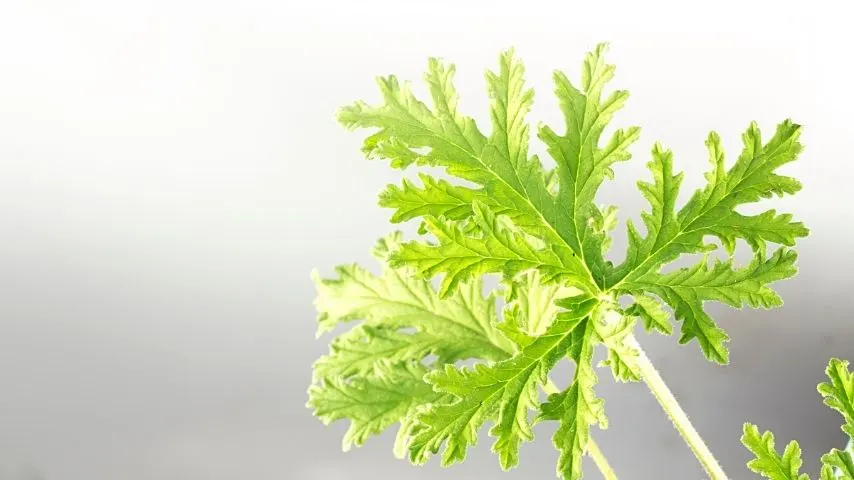
If you leave your citronella plant in an area receiving too much sunlight, its leaves will start turning yellow
4. Low Humidity
Citronella plants thrive in moderately humid climates.
If your plant has yellow leaves that are starting to shrivel or wilt, that’s a sign that low humidity levels are the source of your problem.
You can give your plant the humidity that it needs by occasionally misting the plant’s leaves with water. Grouping plants closer together can also increase the humidity levels surrounding the citronella plant.
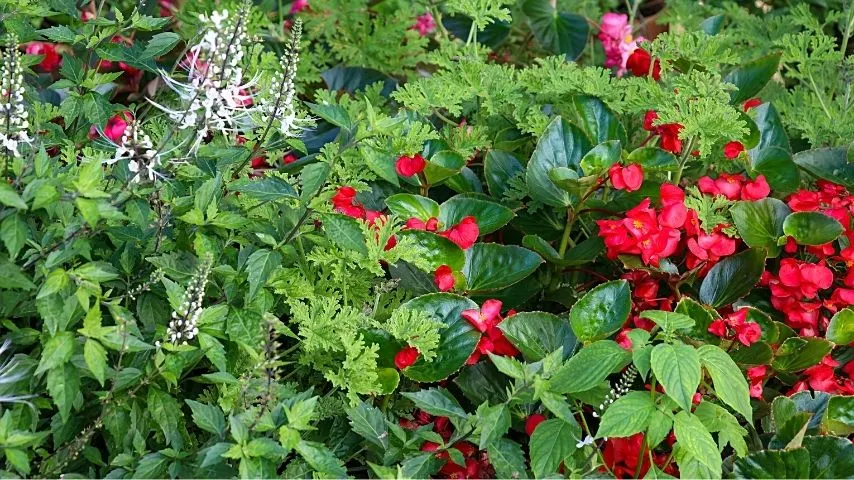
To increase the humidity surrounding your citronella, group plants together with it
5. Low-Quality Soil
Plants need nutrients just like humans do. If a citronella plant isn’t getting the nutrients it needs from the soil, it may show symptoms like yellow leaves or weak stems.
It’s normal for the nutrient levels in soil to decline over time, which is why transferring your plant to a new pot may be the best way to bring it back to health.
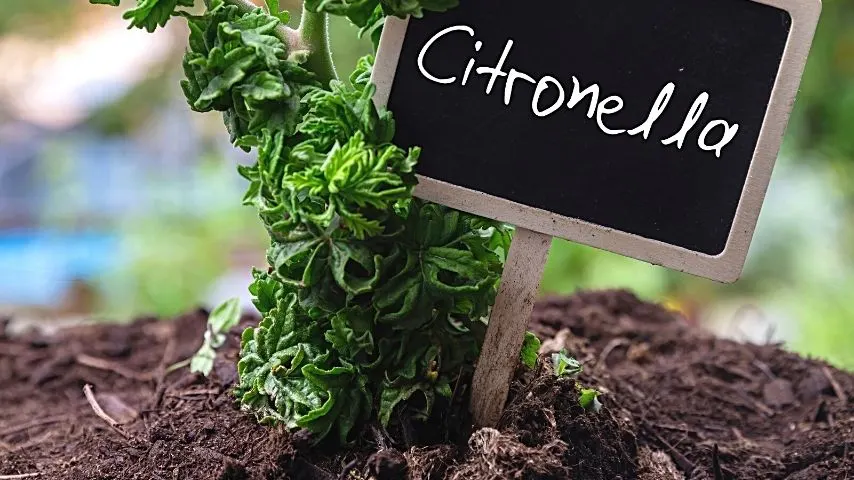
If your citronella starts turning yellow, the soil may have low levels of nutrients in it
You can also try using a fertilizer to add more nutrients to the soil.
6. Compacted Roots
The roots of your plant need room to spread out. If a citronella plant’s roots don’t have enough space, the roots can start to coil around each other, keeping them from accessing water and nutrients.
Remove your yellow citronella plant from its pot so that you can check the condition of its roots.
If the roots of the plant appear to be compacted, you should transfer the plant to a larger pot that will give it the space that it needs.
How Often to Water a Citronella Plant
In the summer, when temperatures are hot, a citronella plant may need to be watered on a daily basis. During cooler periods, you may only need to water the plant for only a few times a week.
Generally speaking, it’s best to check the top layer of soil before watering your plant. You should only water a citronella plant if the top layer of soil is dry.
In between watering sessions, you should give the soil a chance to dry out. While your plant needs water to survive, too much water can essentially dry your plant’s roots.
If it’s hard for you to tell when your plant needs water, you may want to try using a moisture meter. These tools can track the moisture level of soil and let you know when your plant needs water again.
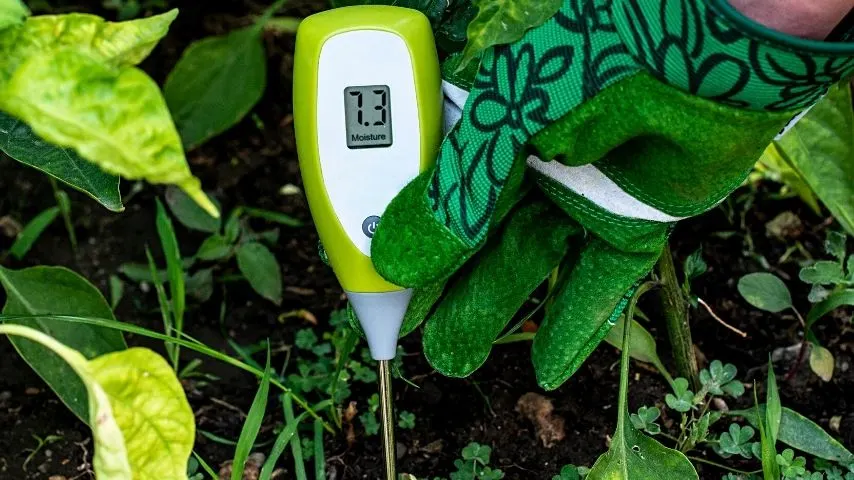
One way to avoid overwatering your citronella plant and making its leaves turn yellow, use a moisture meter
How Much Sunlight a Citronella Plant Needs
Ideally, citronella plants should receive around six hours of sunlight per day. You can place your citronella under direct sunlight or in partial shade.
You can keep a citronella plant outdoors year-round if you’re living in an area having warm climates.
In climates that see harsher winters, a citronella plant will have to be brought indoors in order to survive.
While citronella plants can tolerate some shade, exposure to sunlight is essential. Whether your plant is kept indoors or outdoors, you should make sure it’s getting plenty of sunlight throughout the day.
Do Citronella Plants Need Pruning
You don’t have to prune your citronella plant, but trimming its branches can help to keep the plant in good health.
In fact, pruning can increase the number of blooms on the plant, potentially keeping more mosquitoes away.
It’s best to prune your plant during its growing season, which spans from late spring to early fall. Pruning during this time will help to encourage more growth.
Begin by removing leaves that are yellow or brown, along with blooms that have spent. You can pinch leaves and blooms off using pruning shears or just your plain fingers.
Pruning smaller stems can also help to increase your citronella plant’s flowers. Focus on your attention on thin stems that are easy to prune.
You can dispose of these cuttings or propagate them to grow new citronella plants. Just place cuttings in potting soil and give them a few weeks to root.
Frequently Asked Questions about Why Citronella Plants Turn Yellow
How Do Citronella Plants Repel Mosquitoes?
Citronella plants smell like lemon, and that scent can help to deter mosquitoes. The more plants you have, the stronger the scent will be, and the more mosquitoes you’ll be able to keep away.
Can I Grow Citronella Plants Indoors?
Citronella is a type of geranium and can thrive indoors as long as it’s properly cared for. The plant should be kept in a large pot and should receive a moderate amount of sunlight throughout the day.
Conclusion On Why is My Citronella Plant Turning Yellow
You shouldn’t panic if the leaves on your citronella plant are starting to turn yellow.
While yellow leaves are a sign of a problem, you can address the problem and keep your plant in good health.

Daniel has been a plant enthusiast for over 20 years. He owns hundreds of houseplants and prepares for the chili growing seasons yearly with great anticipation. His favorite plants are plant species in the Araceae family, such as Monstera, Philodendron, and Anthurium. He also loves gardening and is growing hot peppers, tomatoes, and many more vegetables.

